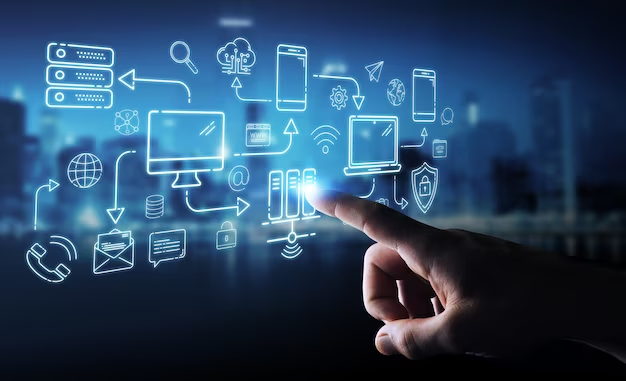Nanotechnology

Nanotechnology refers to the field of science and technology that deals with the design, production, manipulation, and use of materials and devices at the nanoscale level. The prefix "nano" refers to one billionth of a meter, or about the size of atoms and molecules. Nanotechnology has the potential to revolutionize many fields, including medicine, energy production, electronics, and materials science. It offers the ability to create new materials and devices with unique properties and capabilities, such as enhanced strength, improved conductivity, and greater sensitivity. Some examples of nanotechnology applications include: Drug delivery systems that can target specific cells or tissues in the body Solar cells that can capture more sunlight and convert it into electricity more efficiently Lightweight and strong materials for use in aerospace, automotive, and other industries Sensors that can detect and measure extremely small quantities of substances or physical phenomena...










